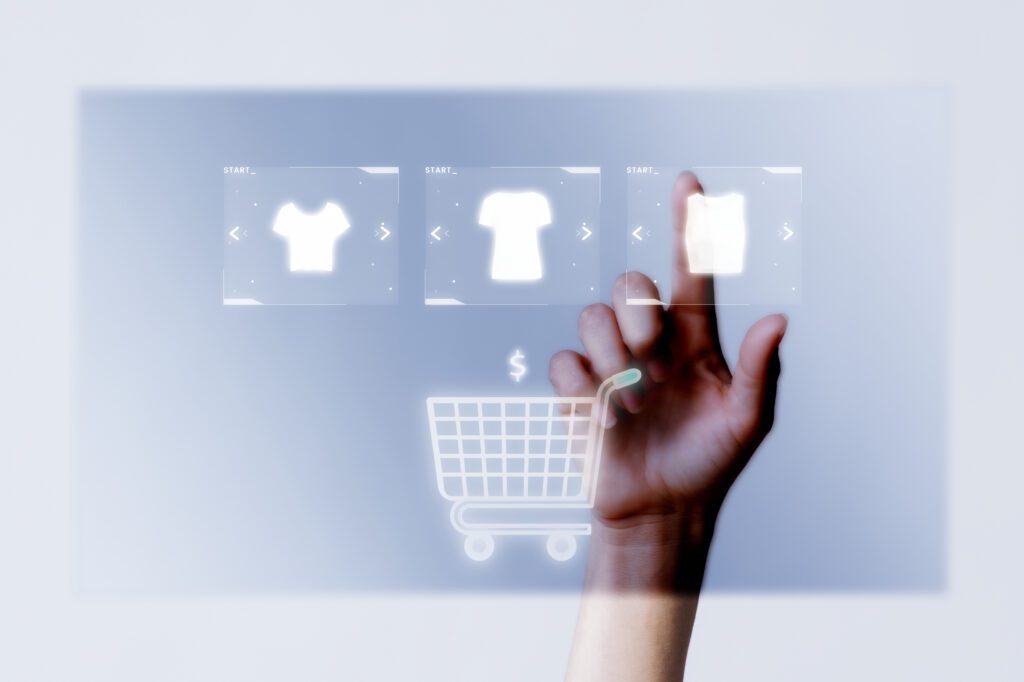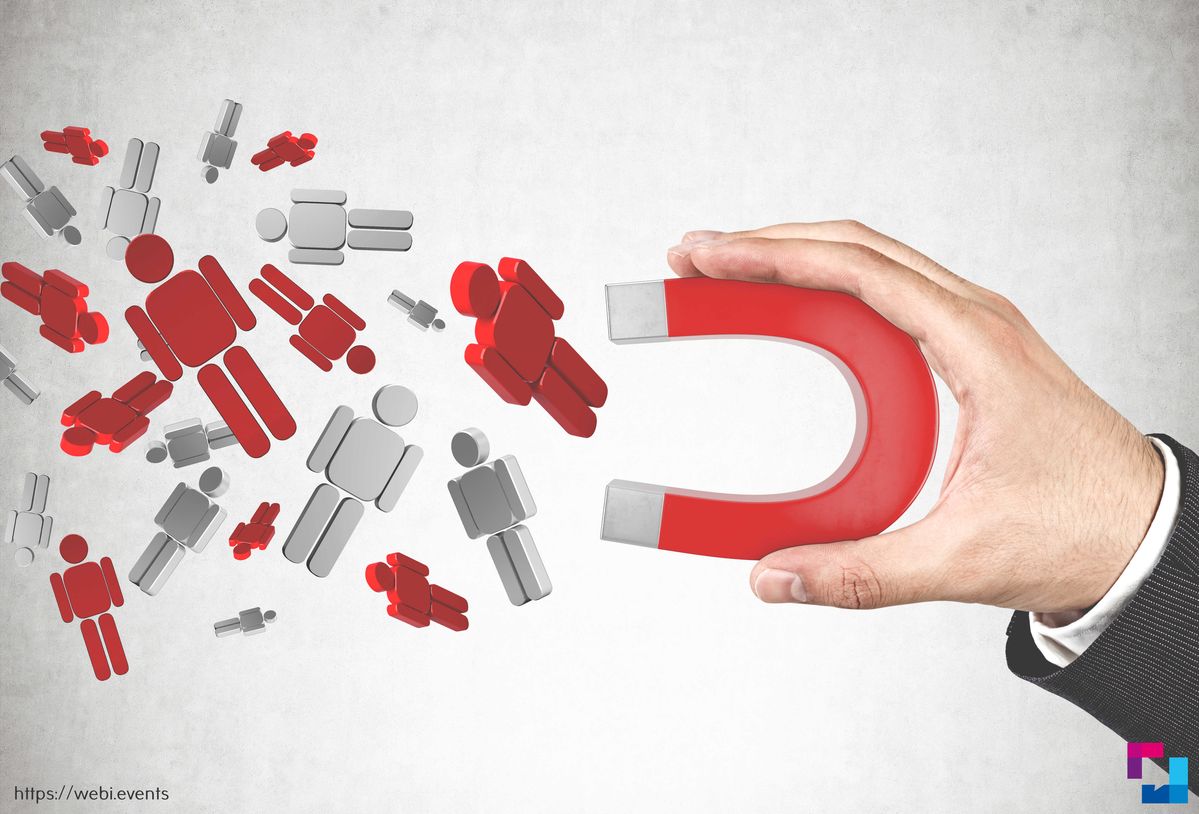In 2025, businesses are learning a hard truth: discounts are no longer the magic bullet for customer loyalty. Today’s buyers are more discerning, values-driven, and digitally empowered than ever before. With inflation concerns, evolving digital behaviors, and rising environmental consciousness, customers are demanding more than just lower prices. They seek authenticity, experiences, and alignment with their values. For businesses, this means rethinking engagement strategies and investing in areas that build long-term trust.

The Shift from Discounts to Experiences
A 2024 Accenture report revealed that 72% of global consumers prefer unique brand experiences over traditional price cuts. Instead of one-time deals, they want immersive shopping journeys, personalized recommendations, and seamless digital interactions. For instance, Nike’s flagship stores now offer on-site customization, blending physical retail with digital design tools to deepen customer connection.
Discounts attract bargain hunters, but experiences create loyalists. When customers feel they are part of a brand story, they stay longer and spend more.
Personalization is the New Currency
By 2025, personalization has shifted from a perk to an expectation. McKinsey data shows that companies excelling in personalization generate 40% more revenue from these activities than their competitors. Customers want curated product suggestions, tailored services, and even personalized packaging. Spotify’s “Wrapped” campaign demonstrates the power of personalization, turning customer data into a yearly celebration that sparks massive online engagement.
Businesses that fail to deliver relevant, timely, and personal interactions risk fading into the background.
Purpose and Values Matter More Than Price
A Deloitte survey found that nearly 60% of Gen Z and Millennials choose brands aligned with their values. From sustainability to social responsibility, customers now evaluate businesses through a lens of ethics. Patagonia’s long-standing environmental stance is a prime example: it commands loyalty not by cutting prices, but by standing firmly for climate action.
In 2025, aligning with customer values is not optional, it is a prerequisite for survival in crowded markets.

Seamless Omnichannel Engagement
Shoppers no longer think in terms of “online” or “offline.” They expect a fluid experience across platforms, from social media shopping to in-store pickup. According to Salesforce, 76% of consumers expect consistent interactions across departments and channels. Starbucks excels here, with its app allowing mobile ordering, loyalty points, and real-time personalization that syncs perfectly with in-store experiences.
For businesses, the challenge is breaking silos and ensuring every touchpoint feels like part of one cohesive journey.
Trust and Transparency as Differentiators
In an era of misinformation and AI-generated content, trust is now a competitive advantage. Customers want clear communication about sourcing, pricing, and data usage. A PwC study highlighted that 88% of consumers are more loyal to companies they trust. Apple has capitalized on this by positioning privacy as a product feature, creating an ecosystem where customers feel secure.
Discounts may drive one-time sales, but transparency builds lasting relationships.
Conclusion
As we move deeper into 2025, businesses that cling to price wars will lose ground to those investing in authentic connections. Customers want personalization, experiences, value alignment, seamless engagement, and above all, trust. The companies that deliver on these fronts will not only attract attention but earn enduring loyalty.






